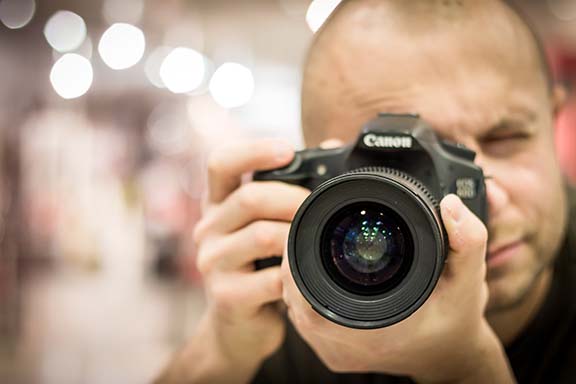
What is white balance in photography, and how important is it?
White balance is a crucial element of photography that determines the color temperature of an image. It is the process of removing unrealistic color casts, ensuring that the colors in an image appear natural and true to life. This article will guide you through the four essential steps to understanding white balance.
Step 1: Understanding Color Temperature.
Color temperature refers to the warmth or coolness of a color. It is measured on a scale in Kelvin (K). A low Kelvin value means a warmer, reddish hue, while a high Kelvin value means a cooler, bluish hue. It is essential to understand color temperature because it affects your photograph’s overall mood and atmosphere.
Step 2: Choosing the Right White Balance Setting.
Modern cameras come with a range of white balance settings such as auto, daylight, shade, cloudy, tungsten, fluorescent, flash, and custom. Choosing the correct white balance setting can make a massive difference in the quality of your photograph. For example, using the tungsten setting when photographing in daylight will result in an overly warm orange hue.

Step 3: Using White Balance Tools.
If you’re not satisfied with the white balance settings on your camera, you can use white balance tools such as gray cards or color checkers to achieve a custom white balance. A gray card is a neutral gray card that reflects equal amounts of red, green, and blue light. It provides a reference point for the camera to adjust the white balance.
Step 4: Editing White Balance in Post-Processing.
If you’ve already taken a photograph and want to adjust the white balance, you can do so in post-processing using software such as Adobe Lightroom or Photoshop. These tools allow you to adjust the color temperature and tint to achieve the desired white balance.
In conclusion, understanding white balance is essential for capturing photographs that appear natural and authentic to live. By following the four steps we’ve outlined above, you’ll be able to master white balance and improve the quality of your photography.
As for a diagram, we suggest a flowchart detailing the four steps of understanding white balance. The flowchart can be created using mermaid syntax as follows:
Conclusion:
The main conclusion of this article is that understanding white balance is crucial for capturing photographs that appear natural and authentic to live. The report outlines four essential steps to understanding white balance:
- Understanding color temperature
- Choosing the correct white balance setting
- Using white balance tools
- Editing white balance in post-processing
By following these steps, readers can master white balance and improve the quality of their photography.
Author Profile

Latest entries
- August 19, 2024Photo PrintsHow to Clean Glass Pictures: Keep Your Memories Sparkling
- August 19, 2024Photo PrintsThe Best Photo Cameras of 2024
- August 19, 2024Photo PrintsAPG Graphics: The Only Company That Laminates Photos on Glass in the USA
- August 19, 2024Photo PrintsThe Best Online Photo Printing Services for 2024
